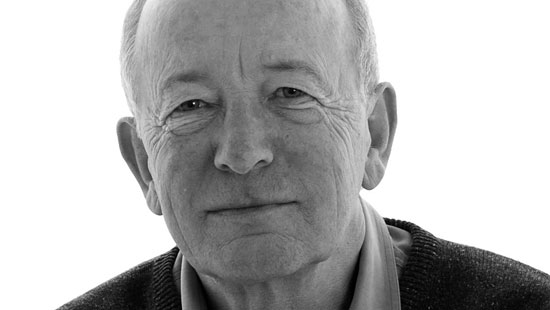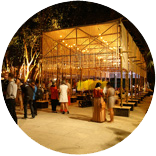Nicholas Humphrey

Nicholas Humphrey is a theoretical psychologist, based in Cambridge, who is known for his work on the evolution of human intelligence and consciousness.
Humphrey’s interests are wide-ranging. He studied mountain gorillas with Dian Fossey in Rwanda, was the first to demonstrate the existence of “blindsight” after brain damage in monkeys, proposed the celebrated theory of the “social function of intellect,” and is the only scientist ever to edit the literary journal Granta. His many books include Consciousness Regained, A History of the Mind, Leaps of Faith, Seeing Red, and most recently Soul Dust. He has been the recipient of several honors, including the Martin Luther King Memorial Prize, the British Psychological Society’s Book Award, and the Pufendorf medal. He has been a lecturer in psychology at Oxford University, assistant director of the Sub-Department of Animal Behaviour at the University of Cambridge, senior research fellow in parapsychology at the University of Cambridge, professor of psychology at the New School for Social Research, New York, and school professor at the London School of Economics.
Vision Statement on Confronting Comfort
People in cities move daily between different built environments, over which they have varying degrees of personal control. There is the world of the home—the house or apartment—where individuals can often have things much their own way, arranging the space and furnishings to suit their tastes. There is the world of leisure—parks, golf courses, and museums—where, although individuals have little scope for making changes, they can at least choose where to visit, and when. And then there are the worlds of work, commerce, and public amenity, such as offices, schools, hospitals, and shopping malls—places individuals attend not by choice but by necessity, and where they have virtually no say in the design.
With globalization creeping across continents and cultures, people’s homes continue to reflect their owners’ idiosyncrasies, traditions, and preferences—homes in Paris are still very different from homes in Hong Kong. The worlds of leisure may be growing more alike—a golf course in Dublin now looks depressingly similar to one in Tokyo—but public gardens at least still have their own national character. However, the worlds in which people work, shop, travel, receive public services, and so on, have undergone a truly astonishing convergence: the commercial center of Mumbai could easily be mistaken for Johannesburg or Rio, and every major airport looks like every other.
Should we be concerned that modern human beings spend so much time in spaces that are neither of their own choosing nor of their own making, whose design has nothing to do with them? Do urban environments matter? If an environment harbors infectious disease, crime, or dangerous traffic, it is obvious that we should avoid it or change it; if it offers comfort, safety, or shelter, we should preserve it. But such material facts are only half the story. Environments carry potent psychological messages that can bring about major shifts in mood and competence. Venture into the wrong space and you run the risk of picking up an infection of the mind.
There is new research on “psychological priming” that shows just how insidious—while not consciously recognized—the effects of environmental cues can be. Here are some typical findings (mostly from labs, though there is every reason to believe that they would be stronger still in the real world): A poster of a black athlete on the wall seriously reduces black candidates’ scores on a math test. A symbol of an eye next to an honesty box triples the contributions. When people are asked about gay marriage within sight of a funeral parlor, they are much more likely to oppose it. When subjects participating in a psychology experiment are shown the word “Florida,” they walk away from the test room more slowly. Voters who cast their votes at a polling station in a school make different choices from those who vote in a church. Someone whose name is Brian is more likely to live in Brighton than someone whose name is William, who in turn is more likely to live in Wimbledon. When people are asked to solve anagram puzzles that come in a red folder, they get far fewer right than if the folder is blue. (Did Jean Nouvel know what he was doing when he designed his “rhapsody in red” pavilion for the Serpentine Gallery in London in 2010?)
These effects are not well understood, and at present there is no overarching theory of why they occur. But it seems likely that people pick up cues from the environment as to the “psychological weather” they are facing, and adjust their mental set accordingly—pessimistic or optimistic, conservative or creative, and so on. There is much to discover about what might make for an “ideal forecast”—one that gives people a feeling of security coupled with adventurousness (but which people, and when?). Why, for instance, do people put family photos on the walls of their homes? Why in civic spaces do they value ancient buildings alongside the new? Could it be that they get comfort from the idea that their ancestors are looking out for them? There will be plenty of scope for the BMW Guggenheim Lab to push the limits of our scientific understanding.
—Nicholas Humphrey
Photo: courtesy Nicholas Humphrey

